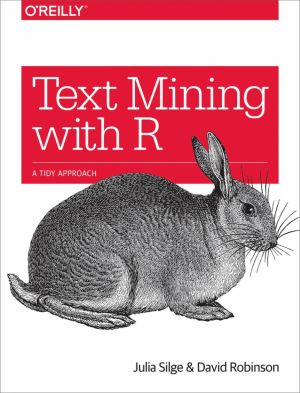Text Mining with R
A Tidy Approach
by Julia Silge, David Robinson
DescriptionTable of ContentsDetailsHashtagsReport an issue
The authors demonstrate how treating text as data frames enables you to manipulate, summarize, and visualize characteristics of text. You'll also learn how to integrate natural language processing (NLP) into effective workflows. Practical code examples and data explorations will help you generate real insights from literature, news, and social media.
- Learn how to apply the tidy text format to NLP;
- Use sentiment analysis to mine the emotional content of text;
- Identify a document's most important terms with frequency measurements;
- Explore relationships and connections between words with the ggraph and widyr packages;
- Convert back and forth between R's tidy and non-tidy text formats;
- Use topic modeling to classify document collections into natural groups;
- Examine case studies that compare Twitter archives, dig into NASA metadata, and analyze thousands of Usenet messages. 






Book Description
Much of the data available today is unstructured and text-heavy, making it challenging for analysts to apply their usual data wrangling and visualization tools. With this practical book, you'll explore text-mining techniques with tidytext, a package that authors Julia Silge and David Robinson developed using the tidy principles behind R packages like ggraph and dplyr. You'll learn how tidytext and other tidy tools in R can make text analysis easier and more effective.The authors demonstrate how treating text as data frames enables you to manipulate, summarize, and visualize characteristics of text. You'll also learn how to integrate natural language processing (NLP) into effective workflows. Practical code examples and data explorations will help you generate real insights from literature, news, and social media.
- Learn how to apply the tidy text format to NLP;
- Use sentiment analysis to mine the emotional content of text;
- Identify a document's most important terms with frequency measurements;
- Explore relationships and connections between words with the ggraph and widyr packages;
- Convert back and forth between R's tidy and non-tidy text formats;
- Use topic modeling to classify document collections into natural groups;
- Examine case studies that compare Twitter archives, dig into NASA metadata, and analyze thousands of Usenet messages.
This open book is licensed under a Creative Commons License (CC BY-NC-SA). Free download in PDF format is not available. You can read Text Mining with R book online for free.
Table of Contents
Chapter 1
The Tidy Text Format
Chapter 2
Sentiment Analysis with Tidy Data
Chapter 3
Analyzing Word and Document Frequency: tf-idf
Chapter 4
Relationships Between Words: N-grams and Correlations
Chapter 5
Converting to and from Nontidy Formats
Chapter 6
Topic Modeling
Chapter 7
Case Study: Comparing Twitter Archives
Chapter 8
Case Study: Mining NASA Metadata
Chapter 9
Case Study: Analyzing Usenet Text
Book Details
Title
Text Mining with R
Subject
Computer Science
Publisher
O'Reilly Media
Published
2017
Pages
194
Edition
1
Language
English
ISBN13 Digital
9781491981658
ISBN10 Digital
1491981652
License

Related Books
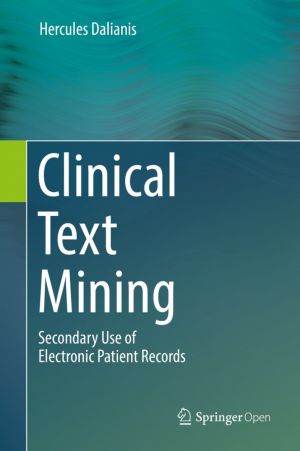
This book describes the results of natural language processing and machine learning methods applied to clinical text from electronic patient records.It is divided into twelve chapters. Chapters 1-4 discuss the history and background of the original paper-based patient records, their purpose, and how they are written and structured. These initial ch...
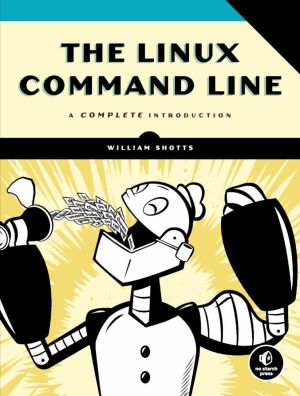
The Linux Command Line takes you from your very first terminal keystrokes to writing full programs in Bash, the most popular Linux shell (or command line). Along the way you'll learn the timeless skills handed down by generations of experienced, mouse-shunning gurus: file navigation, environment configuration, command chaining, pattern matchin...
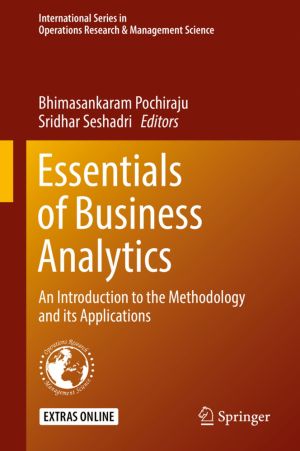
This comprehensive edited volume is the first of its kind, designed to serve as a textbook for long-duration business analytics programs. It can also be used as a guide to the field by practitioners. The book has contributions from experts in top universities and industry. The editors have taken extreme care to ensure continuity across the chapters...
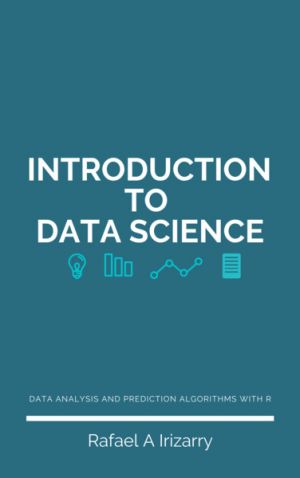
The demand for skilled data science practitioners in industry, academia, and government is rapidly growing. This book introduces concepts and skills that can help you tackle real-world data analysis challenges. It covers concepts from probability, statistical inference, linear regression and machine learning. It also helps you develop skills such a...
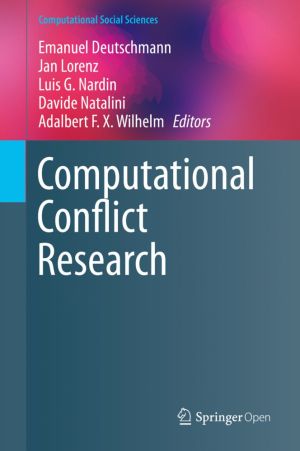
This free book brings together a set of original studies that use cutting-edge computational methods to investigate conflict at various geographic scales and degrees of intensity and violence. Methodologically, this book covers a variety of computational approaches from text mining and machine learning to agent-based modelling and social network an...
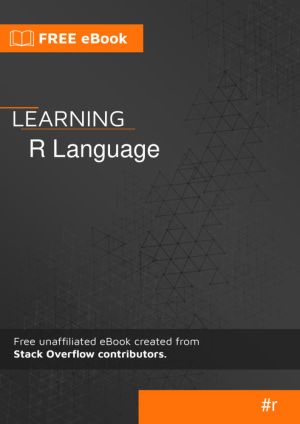
R is a programming language and free software environment for statistical computing and graphics. It is an unofficial and free R ebook created for educational purposes. All the content is extracted from Stack Overflow Documentation, which is written by many hardworking individuals at Stack Overflow....

